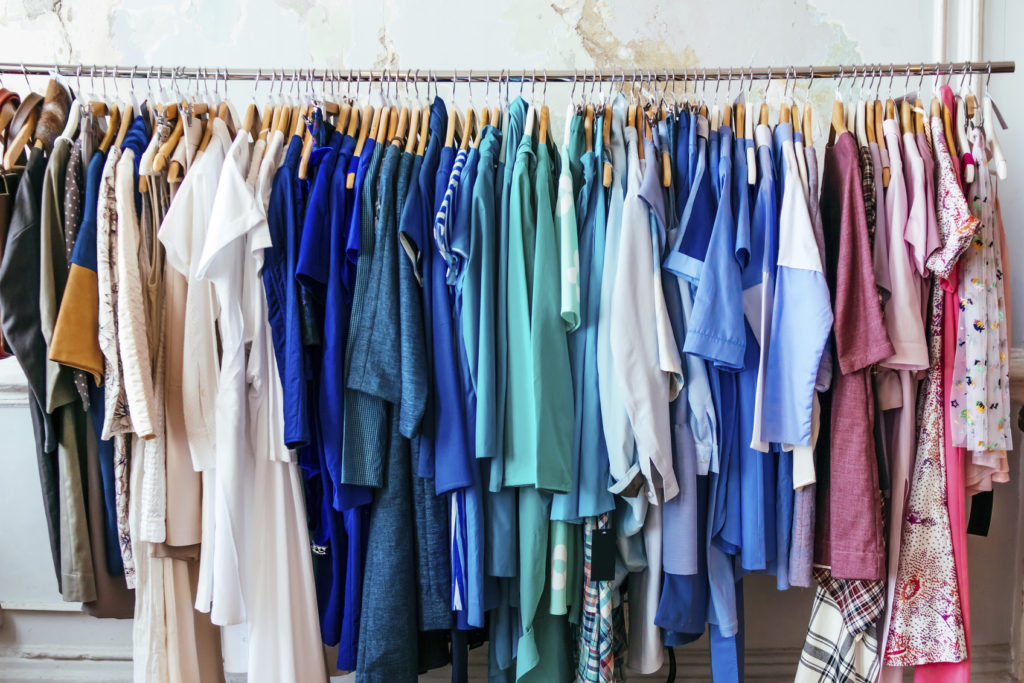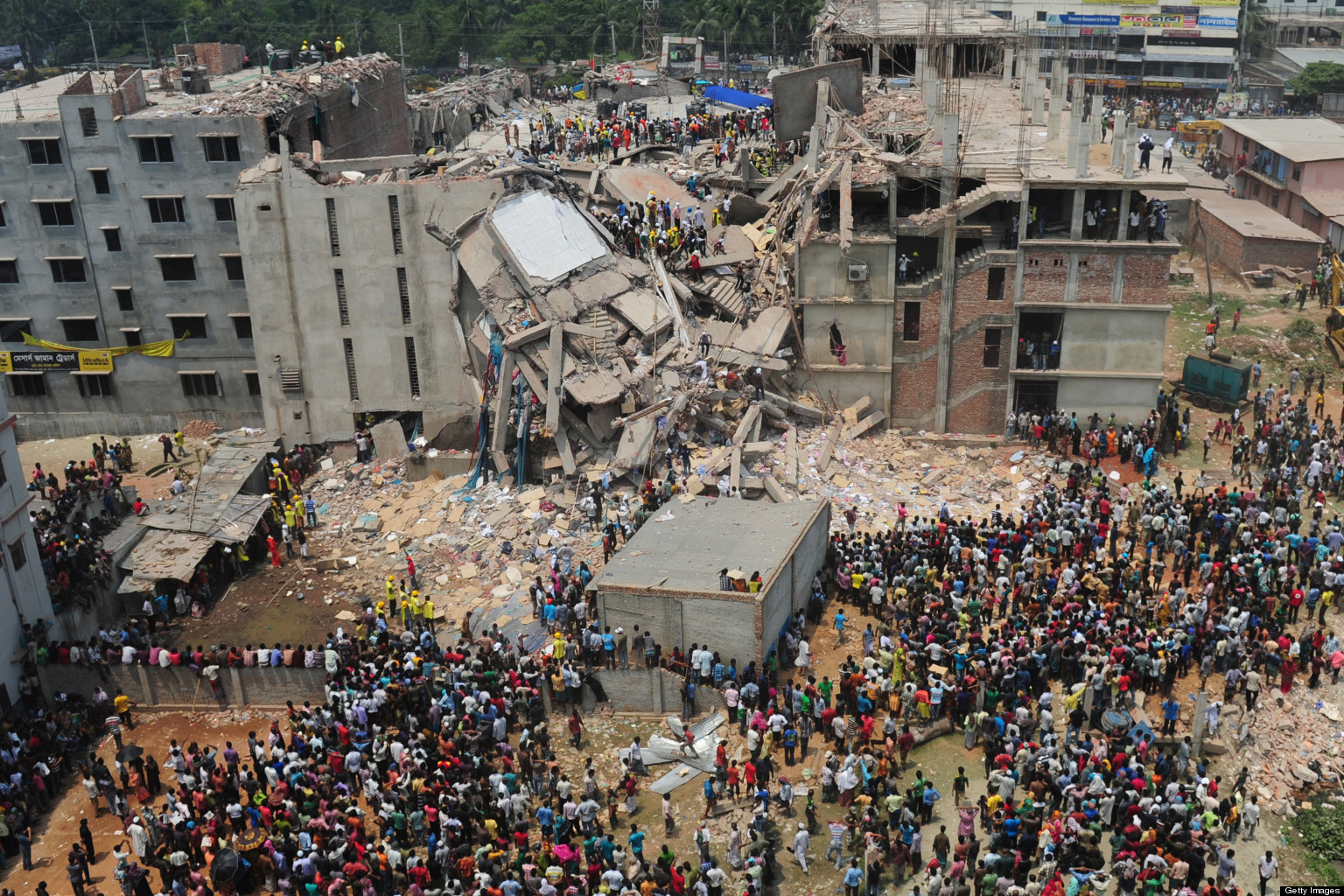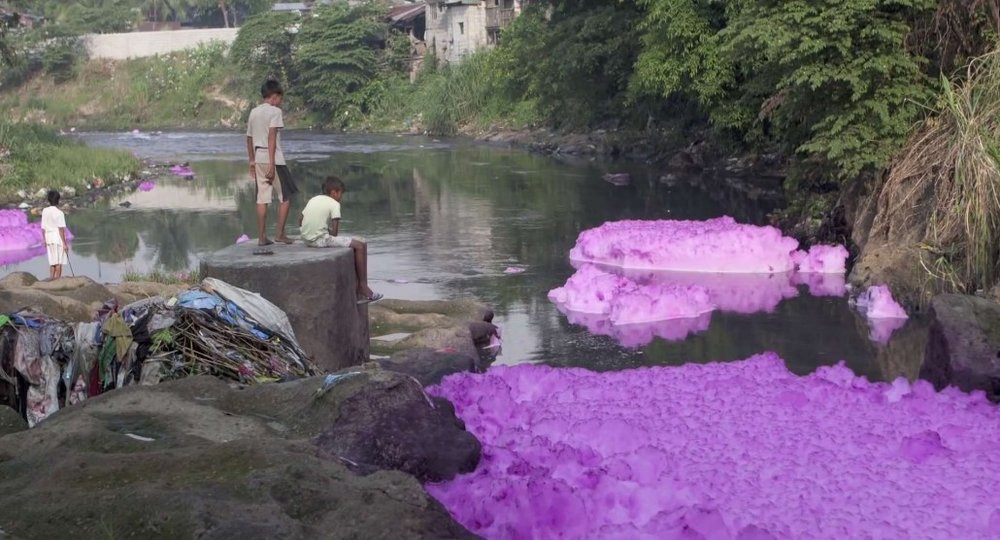
It’s 2020 and we’re all looking for ways to do better, from ways to produce less waste to making sure the things we buy are produced without major health or environmental impact. Meanwhile, one of the biggest culprits for pollution, waste, water use, and more is hiding right in our closets. Over the last 20 years the fashion industry has grown into a beast that’s become the second largest polluter in the world (surpassed only by the oil industry), accounts for major freshwater consumption, toxic chemical use, unethical working conditions and more.
Sustainable and ethical fashion is an area I started doing a deep dive on a couple of years ago and have been slowly working to reduce the impact of my own closet. I’m far from perfect and so not everything in my closet is perfect. All that to say, as we learn better we do better and any amount of progress in this area does help. There are plenty of cheap and relatively easy ways to curate a more sustainable closet. First, let’s talk about why it’s important.
Scroll down for a list of sustainable brands.
Why Is Ethical Fashion Better Than Conventional?
Environmental Impact
Image via ecodaily.org
Water
20% of industrial water pollution comes from dyes & other chemicals used to treat fabrics. Many of the countries that produce much of our clothing do not have strict waste policies, so usually this toxic runoff is routed directly into nearby rivers. So substances like heavy metals, PFOA, and known carcinogens are released into the environment and often that’s the water source for the local people working to produce the clothing.
“85 % of the daily needs in water of the entire population of India would be covered by the water used to grow cotton in the country. 100 million people in India do not have access to drinking water.” says Stephen Leahy from The Guardian.
Not only does the fashion industry pollute freshwater, it also takes a lion’s share of clean water to grow & produce fabrics and to dye fabrics. It’s estimated that it takes 200 tons of water to produce one ton of dyed fabric. There’s also a growing problem from microfibers from clothing polluting fresh and ocean water.
Greenhouse Gases
Producing fabrics, especially synthetic ones, are a major contributor to greenhouse gases being released. It’s estimated that the fashion industry accounts for 10% of worldwide carbon emissions. The production, manufacturing, and transportation all come into play. Cheap synthetic fibers especially release very harmful substances into the air and take more energy to produce.
On top of that, the countries producing most of the world’s clothes (India, China, etc) typically use coal-based energy which has the worst carbon emissions.
Waste
A major drop in clothing prices and the advent of fast fashion has resulted in us buying WAY more clothes than any generation before us. At the same time, the quality of the garments produced has gone down and this has resulted in much more clothing making its way to the landfill. It’s estimated that only 15% of clothing is recycled or donated. The rest gets thrown away.
Ethical Impact
Who Made My Clothes?

Bangladeshi volunteers and rescue workers are pictured at the scene after an eight-story building collapsed in Savar, on the outskirts of Dhaka, on April 25, 2013. Survivors cried out to rescuers April 25 from the rubble of a block of garment factories in Bangladesh that collapsed killing 175 people, sparking criticism of their Western clients. (Photo credit: MUNIR UZ ZAMAN/AFP/Getty Images)
Working Conditions
It’s no secret that the fashion industry harbors some of the worst conditions for its workers. Extraordinarily low wages, lack of rights, long working hours, and unsafe working conditions make this a brutal job. Companies often seek out the country and place where they can find the absolute cheapest labor and many times these countries don’t have any laws in place to protect workers.
The average working day in most manufacturing countries is 14 to 16 hours, 7 days a week.
The conditions they work in are often very unsafe and many garment workers have died in fires, building collapses and other safety accidents. Many articles about this topic point out the shocking and tragic death of 1134 garment workers in Dhaka, Bangladesh due to a building collapse.
Many also are injured or die due to toxic chemicals and other unsafe materials used during production. For instance, denim factories in Turkey have had 100’s die or become ill from inhalation of the sandblasting they use to make jeans look worn.
Child & Slave Labor
It may seem unbelievable that in this day and age there are still companies using child labor, but it’s very much still a problem. Many children are forced to work in inhumane conditions and receive little to no pay for their work.
Slave labor is also more common than you may think. In some places even their own government is to blame. For instance, every autumn over a million Uzbek and Turkmen citizens are forced by their own government to leave their regular jobs and go to the fields to pick cotton.
Health Impact
Heavy Chemical Use
From “no iron” fabric to making whites brighter there is a staggering number of chemicals used to produce clothing. Many of which are known to be toxic to humans but aren’t banned or regulated in such a way that you know what’s going into your clothing.
A study from Stockholm University found certain chemical substances contained in pajamas, can be found in a child’s urine 5 days after wearing those pajamas for one night.
Much of the chemical residue is still on the clothing when you purchase it and while washing it before wearing it is advised, sometimes it takes many washes to remove all of the residue.
What Can You Do?
It’s not fun to look at the dirty side of the fashion industry, but you have to wear something. The good news is that it’s easier than you may think to curate a green and ethical closet.
Buy Less
Ha, I bet you saw this one coming! For those who love to shop, this may not seem likely, but hear me out. Shopping is fun, but researchers found that the average woman only wears 20-30% of the clothes she owns. By thinking through purchases and only buying what you’re sure you’ll actually wear, you will hopefully end up with less clothes that just sit in your closet and then eventually need to be disposed of.
Reject Fast Fashion
It’s so tempting to pop into a cheap fast fashion shop when you need a new dress (and trust me, I have some brands in my closet that would be considered fast fashion), but we all know these clothes don’t last. Sometimes they don’t even make it through a single wear before seams rip or fabrics pill up. It’s made with the cheapest of the cheap fabric and you bet they didn’t pay a lot for labor. How else is a whole dress only $9?
Embrace Slow Fashion
Slow fashion is about consuming and creating fashion consciously and with integrity. So you still enjoy shopping and wind up with beautiful clothing you love, but you’re using all the tools above to think through the purchase. Think Quality over quantity and you’ll likely end up with a peice
Buy Vintage
If you’ve ever found a beautiful, well made vintage piece, you know how satisfying it can be! I also love that it’s inherently unique and you won’t walk into Trader Joe’s and see 20 other people wearing the same top as you. The company Luxeire created a line of sustainable, ethically made clothes that you can layer with vintage pieces to help protect the fabric. You can also wear them on their own.
Rethink Second-Hand
To some, second-hand clothing has a stigma, but since the average clothing item is only worn 7 times before being tossed, our second-hand clothes today really aren’t as “used” as you may think. Plus, plenty of online thrift stores have made it easy to hunt through to find clothes you’d like. This is also an incredible option for children’s clothes. You can check out sites like ThredUp, D-Pop, and Poshmark.
Choose Natural Fabrics Over Synthetic
Recycled fibers and natural fibers like linen and hemp have the lowest impact. The exception to this is cotton which is proving itself more unsustainable by the year due to the high amounts of water needed to grow it and heavy pesticide use. Organic cotton is a better choice but still not perfect.
Sustainable Brands
This is a list of brands mentioned in the Sustainable Fashion episode of Maison Pur the podcast with Sarah from Urbanwit.com. Sarah also suggests looking for certified B Corp brands to find more sustainable options.
Patagonia – Performance, outdoor clothes
Mara Hoffman – Higher-end, designer
PACT – cotton basics
Reformation – Jeans, beautiful dresses, blouses, etc
Tonlé – cozy to dressier pieces. More relaxed, natural silhouettes
Colorant – Dyed with natural colors. Dresses to sweaters.
Antidote – Collection of various sustainable brands. Lots of cool & chic options
Pivotte – Technical fabrics, office appropriate
Satva – Activewear, yoga, lounge. Also has children’s and mens clothes
TenTree – Casual + loungewear with an outdoor vibe. Also has kid’s and men’s clothes
Everlane– Casual to chic. Dresses, sweaters, accessories. Also has men’s
Girlfriend Collective – Athletic
Cuyana – cozy to dressier options. Simple and modern cuts.
For Days – casual basics. They also recycle the clothes when they wear out and send you a new one.
Matter – Interesting cuts and prints. Versatile pieces that can be dressed up or down.
Wear Anika – Beautiful, designer-looking yet easy pieces.
Hanna Andersson – A longtime favorite children’s line of mine!
Boden – Classic, preppy, very English aesthetic. Mini Boden is the children’s line.
Think Before You Throw It Out
Any clothes still in good condition can easily be donated (though sometimes donated clothes end up in the landfill too) or you can sell it in a consignment or second-hand shop. Before you trash a garment, see if it can be repaired (if needed) so it can be donated or try to locate a recycling facility. Here’s a handy site to locate places to recycle textiles. Many clothing stores now take certain types of textiles back for recycling. Some will even give you a discount on your new purchase for doing so.
This is an area that even small steps can add up to big changes. Especially for those in developing nations that are often on uglier side of the pollution and other fallout from the fashion industry. Hopefully with time and demand, we will see big changes within the industry.
*Some affiliate links used. All thoughts and opinions are always my own.







